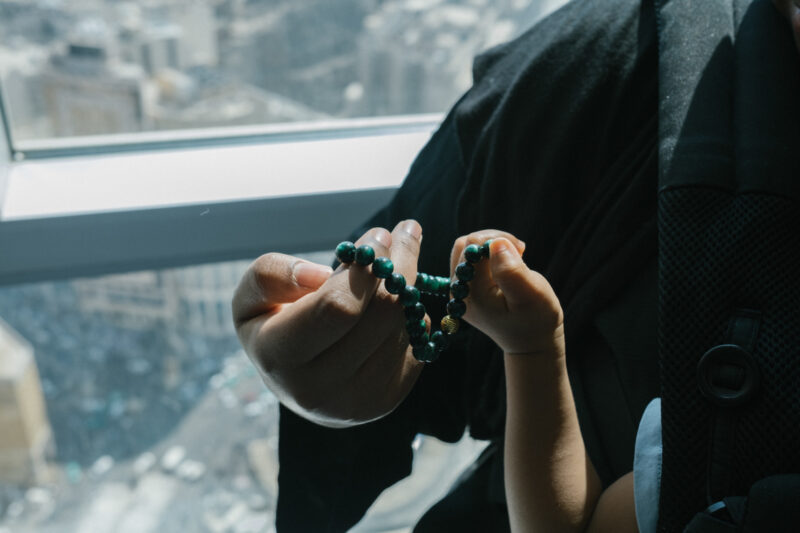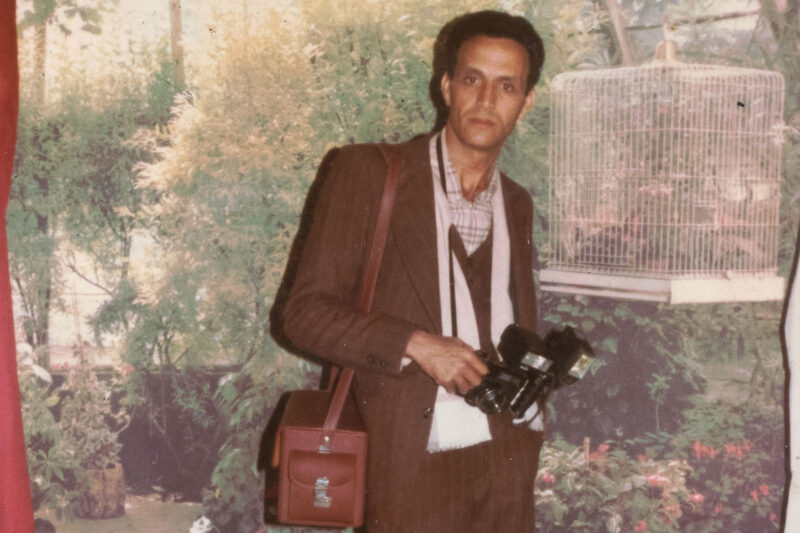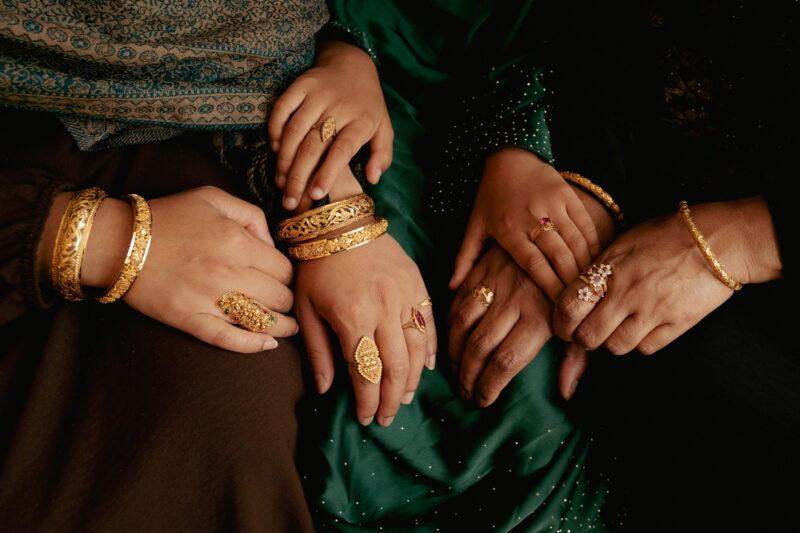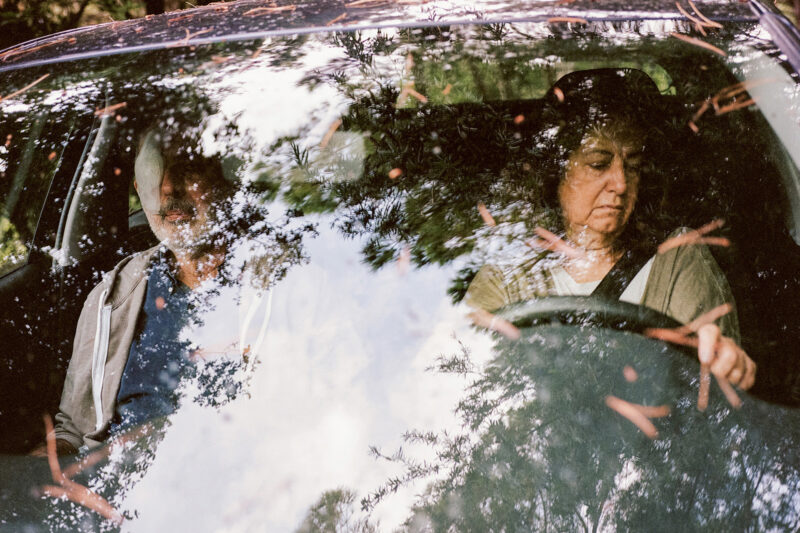A portrait of Hajj through the ages

The earliest photographs of Hajj date back to the late 19th century. Since then, both the pilgrimage and the art of image-making have evolved in many ways.
Each year, millions gather in Mecca to complete the seven stages of Hajj — a journey that unites Muslims across the globe. It is the fifth pillar of Islam, a once-in-a-lifetime blessing for many, made possible for some after years of saving and preparation. The earliest known photographs of this sacred pilgrimage date back to the 1880s, when Egyptian army engineer Muhammad Sadiq Bey documented the journey with a large-format wet-plate camera. Since then, Hajj has been recorded by countless photographers, known and unknown, building a vast visual archive that traces the changing face of Mecca, the pilgrimage and the photographic medium.

↑
1880
In this late-19th-century panoramic image, Muhammad Sadiq Bey documented the sacred sites of Mecca and the pilgrims moving through them, creating one of the earliest known visual records of Hajj.

↑
1884-5
The Dutch orientalist scholar Christiaan Snouck Hurgronje gained rare access to Mecca between 1884 and 1885, during which he documented the daily lives and rituals of its residents and visitors. Though a controversial figure, his photographs remain an important visual record of the city. In these portraits, we see a guardian of the Kaaba (left) and a group of pilgrims from Selayar Island, Indonesia (right).
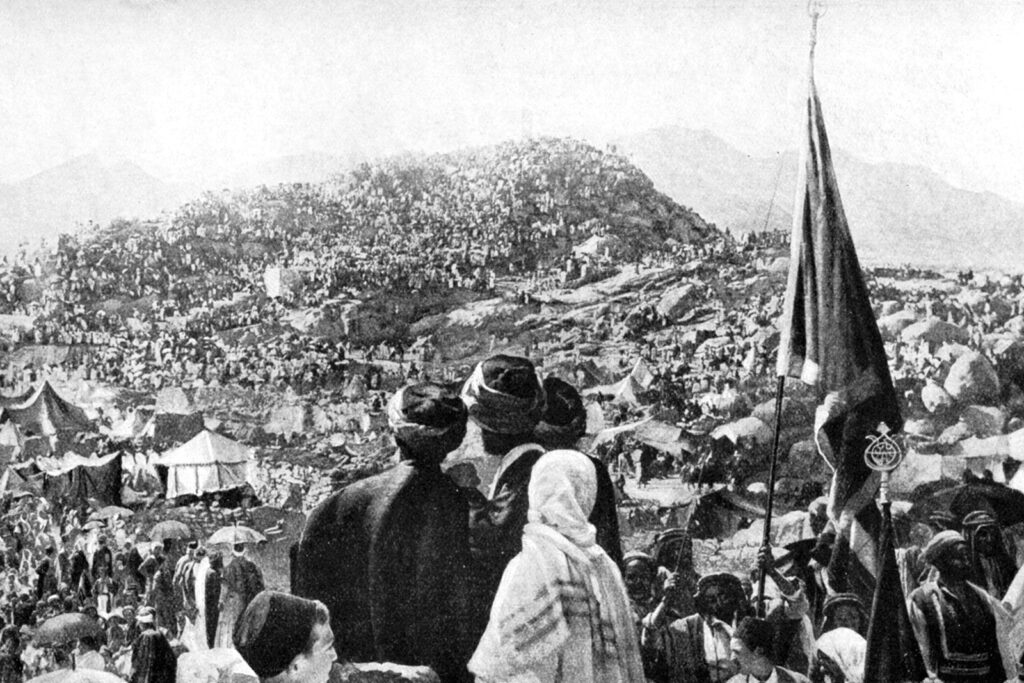
↑
1922
In this image, pilgrims stand atop Mount Arafat, performing wukuf, a moment of stillness before God. This photograph appeared in the fourth volume of Peoples of All Nations, a 20th-century ethnographic encyclopaedia edited by John Alexander Hammerton and intended to document global cultures for a western audience.

↑
1948
A closer image of pilgrims gathered at Mount Arafat by an unknown photographer, which brings the viewer nearer to the crowd. Compared to the earlier wide shots, this photograph captures the intimacy of the gathering.
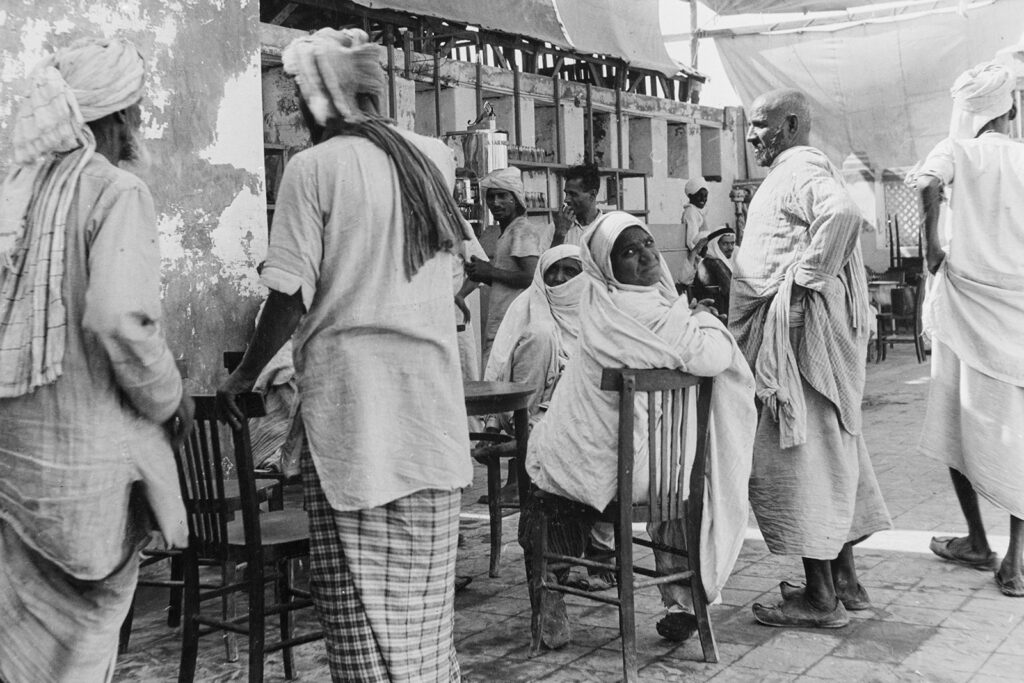
↑
1955
By the 1950s, new infrastructure and air travel were changing the way pilgrims arrived for Hajj. Many came through the port city of Jeddah. This image reflects a more organised and modern phase of the pilgrimage.
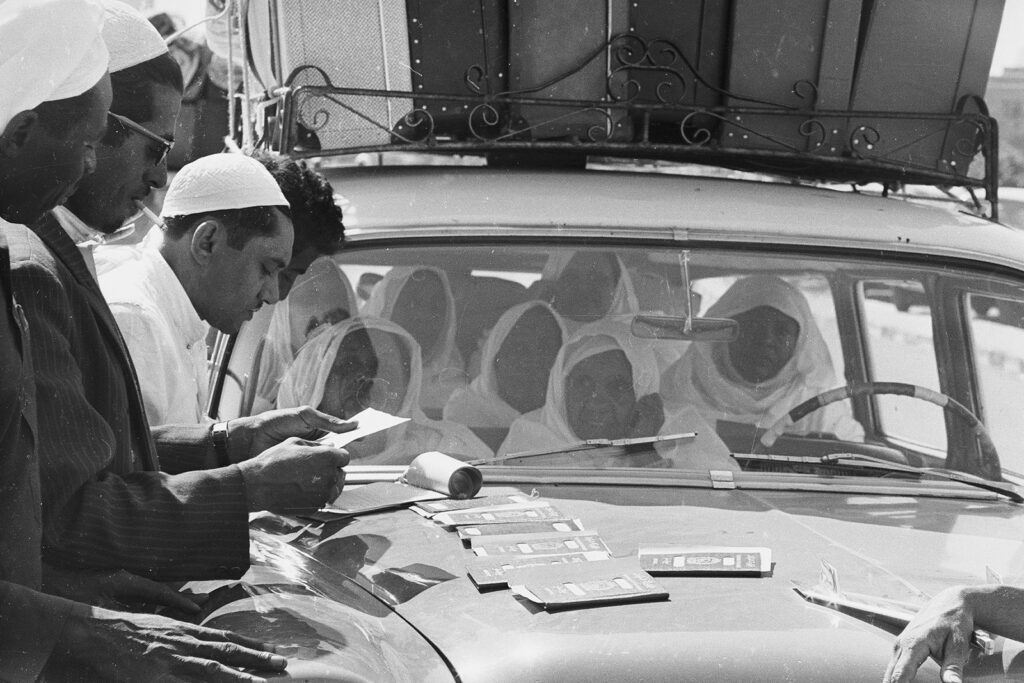
↑
1968
As Hajj became more accessible, the process began to be regulated. In this image by Terry Fincher, pilgrims in Mecca check their passports, a sign of the growing administrative systems in place to manage the rising number of arrivals.

↑
1976
Here, the late Kenyan photographer Mohamed Amin turns his lens on people embroidering the Kiswah — an ornate cloth that covers the Kaaba. Produced annually in a specialist factory in Mecca, the Kiswah is made from 670 kilograms of black silk, stitched into 47 panels and embroidered with Qur’anic verses in gold and silver thread. Based in Nairobi, The Mohamed Amin Foundation preserves and organises his vast archive of photography and video.
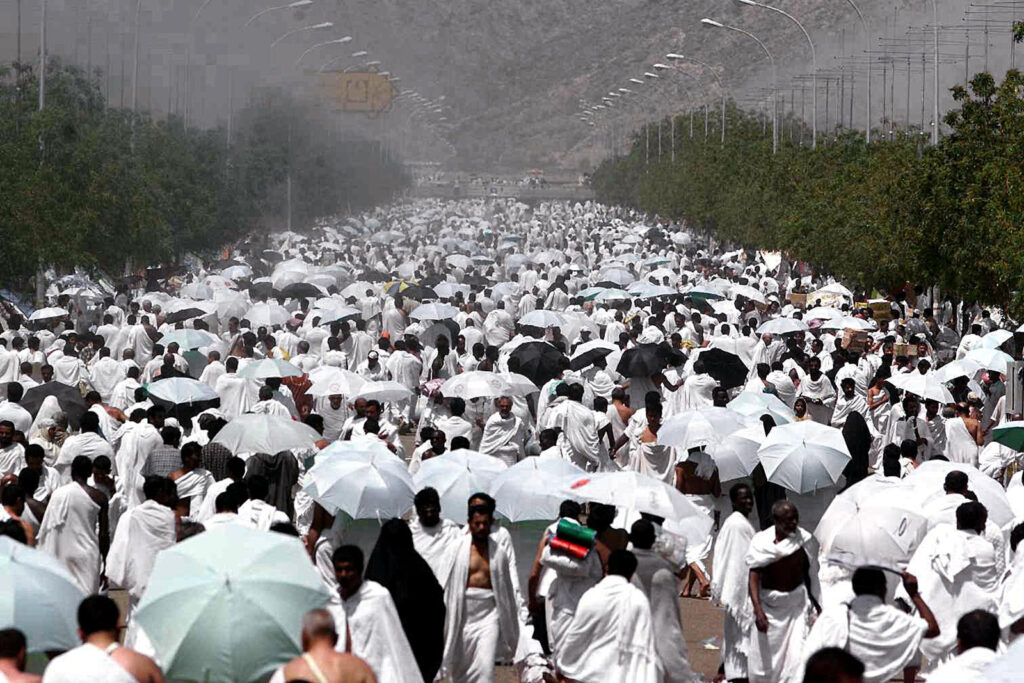
↑
1999
Thousands of pilgrims make their way toward Mount Arafat during Hajj in 1999. By this time, photographers had begun using aerial and wide-angle shots more regularly, offering a broader view of the scale of the pilgrimage.
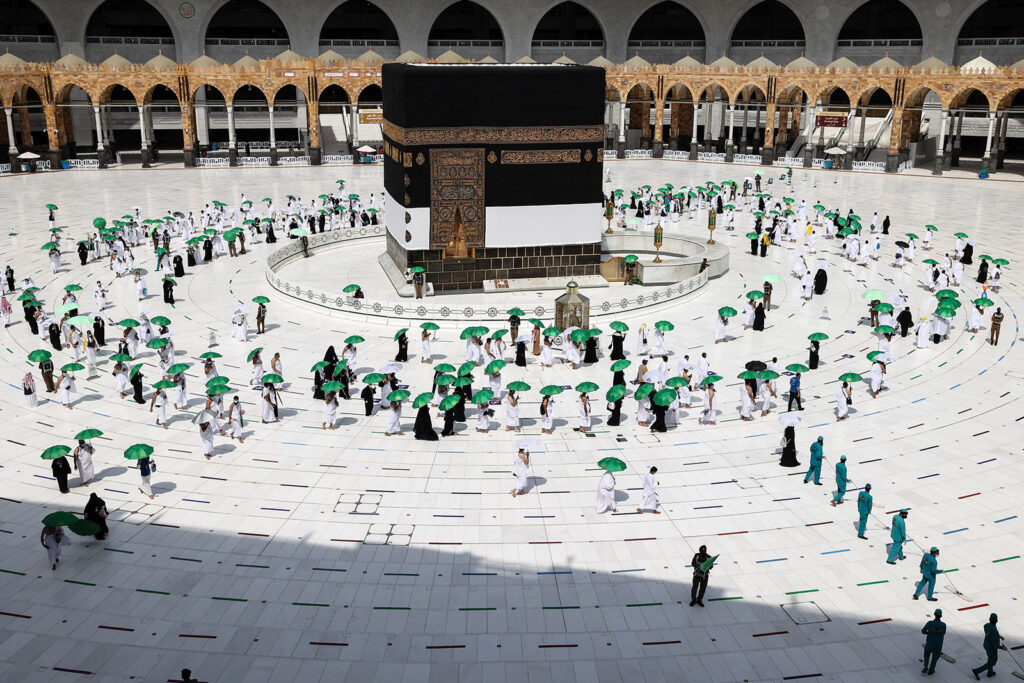
↑
2020
During the Covid-19 pandemic, Hajj was scaled back dramatically. Photographs from that time show near-empty courtyards, masked pilgrims and enforced social distancing around the Kaaba. A striking contrast to the usual crowds of millions.

↑
2025
As temperatures rise, Saudi Arabia has introduced cooling infrastructure and smart technology to improve the safety of pilgrims. In a piece for Hyphen, Saman Javed reported on the rising number of heat-related deaths during Hajj, and the story of one family’s loss. This image of misting fans near Mount Arafat captures the shift toward a more climate-conscious Hajj.
 Newsletter
Newsletter





